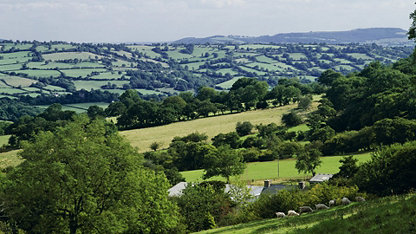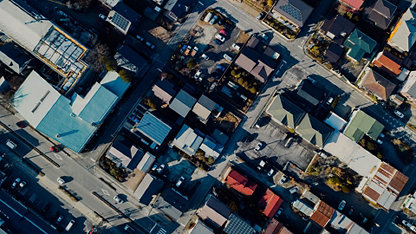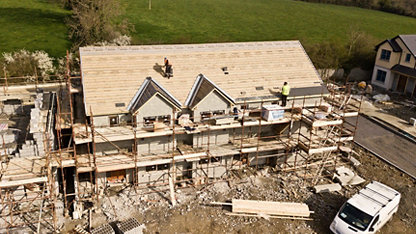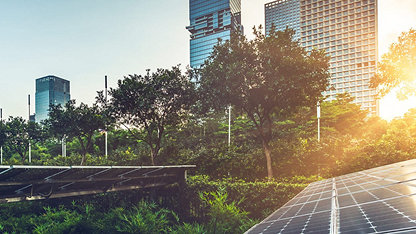With urbanisation placing growing demands on our water supplies, we look at cities pioneering sustainable water projects.
San Francisco
In 1991 the city put in place a planning ordinance requiring new developments and major alterations of more than 3,700m2 to install dual-plumbing if they are located within “recycled water use zones”. This means toilet and urinal flushing, irrigation and cooling is done using recycled, rather than potable, water. The ordinance also applies to new and existing irrigated landscapes of more than 930m2, which essentially makes up all of the water demand of the west of the city. This requirement sits alongside plans to create some centralised non-potable-use water, into which these assets would be able to connect. Over the next decade, most large-scale development in the pipeline is located in these zones, bringing more reuse projects on to the network.

All it takes in Philadelphia is 6mm of rainfall for the city’s sewerage network to overflow into the Schuylkill and Delaware rivers
Philadelphia
All it takes in Philadelphia is 6mm of rainfall for the city’s sewerage network to overflow into the Schuylkill and Delaware rivers, polluting its main source of drinking water. When the Environmental Protection Agency (EPA) demanded Philadelphia build bigger pipes, it was $10bn the city did not have. So it decided to look at how to manage the storm water before it reached the system. In April 2012, the city signed an ambitious agreement with the EPA to spend $2bn over the next 25 years, transforming a third of its hard surfaces into 10,000 acres (4,000 ha) of green spaces. There are charges, too, for commercial operators: the more storm water they send into the system, the more they pay for. Regulations have in recent years reduced the city’s runoff by more than 3.4m m3 a year.
Singapore
Despite average annual rainfall of around 2,450mm – twice that of the UK – Singapore has historically relied on importing water. Demand is expected to double within 50 years, 70% of which will come from the non-domestic sector. Starting in the late 1990s, the government initiated a programme to become increasingly self-sufficient, a component of which involves collecting treated wastewater otherwise discharged into the ocean. By 2010, it had built four “NEWater” plants with a capacity of 500,000m3 a day and was publicly sampling and testing the water, and distributing it in bottles to demonstrate it was safe to drink. Use has increased ever since. It now meets 30% of Singapore’s demand, which is projected to increase to 55% by 2060.













